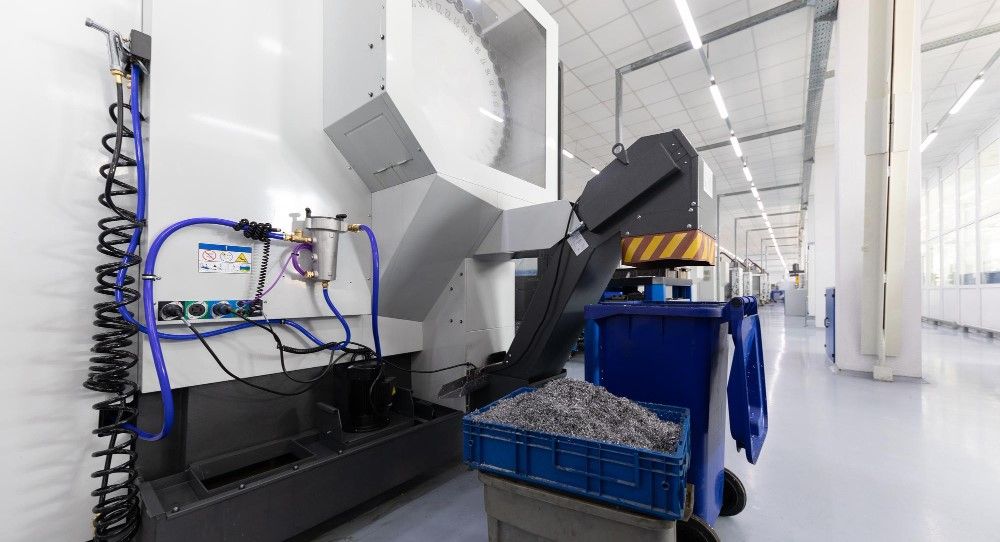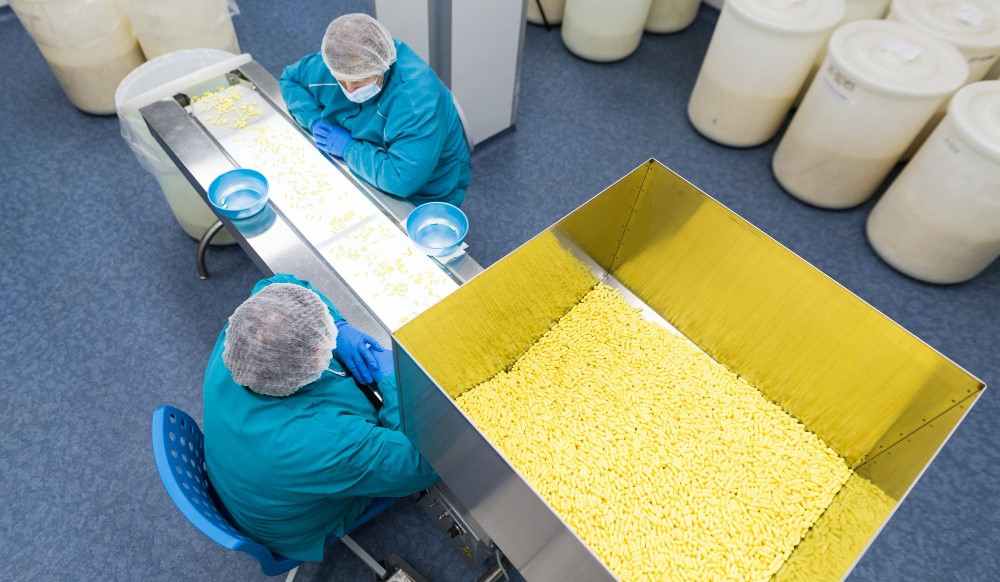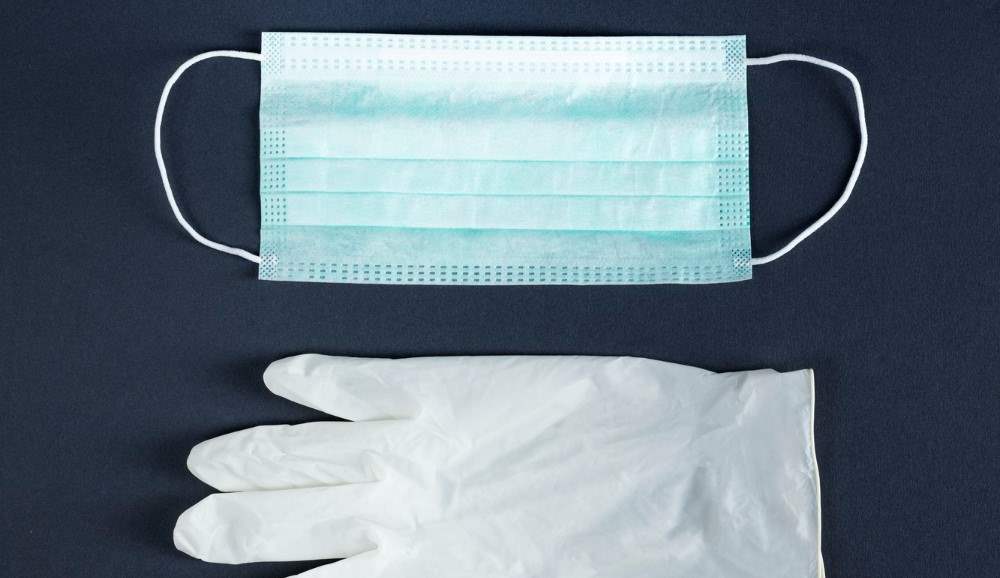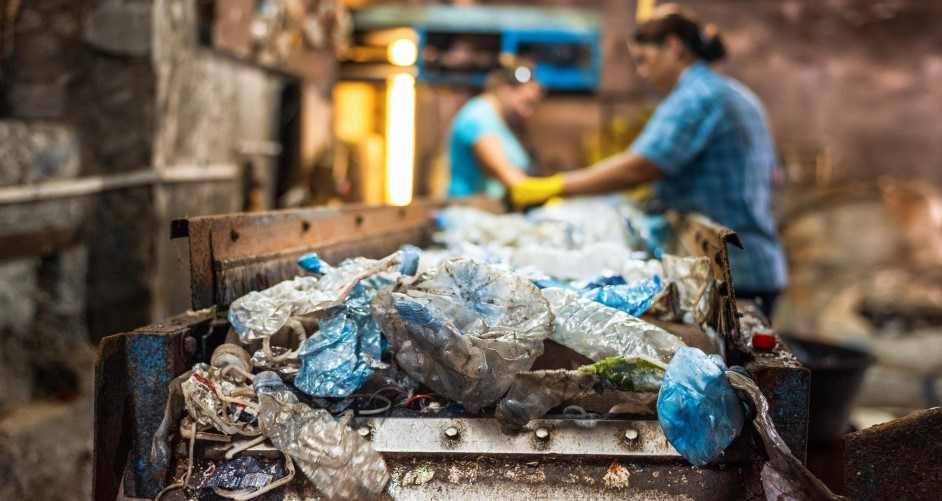Navigating Nanofiller Regulations for Polymers
The knowledge and steps needed for polymer manufacturers to use nanomaterials as a feedstock.

Nanotechnology is transforming polymers—enhancing strength, barrier properties, thermal stability, and conductivity. For manufacturers of specialised polymer products, these innovations offer clear competitive advantages. Yet, with increasing adoption of nanomaterials as an industrial feedstock comes heightened regulatory scrutiny.
The result for polymer manufacturers is that understanding nanomaterial compliance, safety, and eco‑toxicology is now a business imperative.

Regulatory Landscape: EU and Global Standards
Defining what constitutes a nanomaterial is a critical consideration. Under EU guidelines, a substance is considered a nanomaterial if 50% or more of its constituent particles have at least one dimension between 1 and 100 nanometres. This definition captures a wide range of materials commonly used in industrial polymers, including nano-clays, metal oxides, and carbon-based nanofillers.
Importantly, even small-scale production or specialised batches of polymers containing nanomaterials may fall under regulatory obligations, which can have implications for reporting, record-keeping, and market authorisation.
Related articles: Inside the POLYMER NANO CENTRUM Laboratory or Pioneering Polymer Nanostructuring for Real-World Innovation
For manufacturers working with nanotechnology in polymers, understanding the regulatory framework is critical. In the European Union, the cornerstone of chemical regulation (even for particles 10,000th the width of a human hair) is REACH which dictates that any industrial ingredient must be registered if it is manufactured or imported above threshold volumes.
Alongside REACH, CLP (Classification, Labelling and Packaging) regulations dictate how nanomaterials are classified, labelled, and packaged. These rules are closely tied to particle size, shape, and toxicity, meaning that even if a polymer additive is present in minute quantities it can trigger specific labelling requirements if its nanoparticles exhibit hazardous properties.

On the international stage, guidance from organisations such as ISO and OECD is increasingly referenced by both regulators and customers. ISO/TS 80004, for example, provides a standardised vocabulary for nanotechnology, ensuring that definitions and testing protocols are consistent across countries. Meanwhile, OECD testing guidelines outline standardised approaches for assessing the safety and environmental impact of nanomaterials, including their behaviour in polymer matrices.
For manufacturers, the key takeaway is for proactive planning for regulatory compliance, combined with accurate testing and documentation. Doing so ensures smooth entry into global markets and stronger confidence among clients.
Safety and Handling
Handling nanomaterials in polymer production requires careful attention to workplace safety, equipment integrity, and staff training. Unlike conventional additives, nanoparticles may pose unique risks due to their small size, high surface area, and potential for inhalation or dermal exposure.
For this reason, manufacturers are sometimes advised to implement closed-loop production systems, such as automated feeding, enclosed mixing, and extruder charging to help prevent dust dispersion and limit direct contact with nanomaterials.
Local ventilation at critical points in the production line, alongside personal protective equipment (PPE), further reduces airborne concentrations and ensures compliance with occupational exposure limits.

Training and documentation are equally critical, as operators must be familiar with the hazards associated with specific nanofillers and the correct handling procedures, including emergency response protocols for spills or accidental exposure. Material Safety Data Sheets (MSDS) must accurately reflect nano-specific hazards, and staff should receive periodic refresher training to stay up to date with evolving safety guidelines.
Eco‑Toxicology and End-of-Life
Modern manufacturing must consider the environmental impact across a product’s entire lifecycle. For nanotechnology, this may require special consideration, as nanofillers alter a polymer’s behaviour even at end of life, affecting recycling, incineration, and landfill disposal. For example, certain nanoparticles may resist incineration or accumulate in residual ash, while others may influence the mechanical or chemical properties of recycled polymer streams, complicating reuse.
Environmental risk assessment (ERA) is therefore required to evaluate potential exposure pathways of nanomaterials, their toxicity to aquatic and terrestrial organisms, and the likelihood of environmental accumulation.

Early engagement with environmental testing is therefore encouraged to not only ensure compliance but to also enable informed decisions about material selection, formulation adjustments, and end-of-life strategies.
Additionally, transparency in labelling regarding nanofiller content, ecological impact, and safe disposal methods can enhance brand reputation by providing clear information about environmental performance to support green marketing claims.
Practical Steps for Manufacturers
For manufacturers aiming to successfully integrate nanotechnology into their polymer products, a structured approach to compliance, safety, and environmental responsibility is essential. The first steps include:
Materials Audits
Identify which nanofillers will be used in formulations and determine which require regulatory filings under REACH or other international standards. This process can be complex, particularly for novel or multi-component nanocomposites, but nanotechnology experts, such as POLYMER NANO CENTRUM, can assist by providing detailed nanomaterial formulations, all necessary paperwork, and clarification on regulatory thresholds.
Update Safety Protocols
Implementing closed handling systems, providing appropriate personal protective equipment (PPE), and ensuring thorough staff training are all vital for safe operations.
Partnering with Independent Testing Laboratories
Eco-toxicity assessments, lifecycle analyses, and performance testing are often required to support regulatory submissions and customer confidence. Here again POLYMER NANO CENTRUM (which sponsors this website) uses its own specially built laboratory and testing equipment and can design testing protocols tailored to your products, ensuring results are reliable, compliant, and actionable.
Document Everything
Maintaining comprehensive records of compliance filings, safety procedures, risk assessments, and staff training logs not only ensures legal compliance but also demonstrates due diligence to clients and auditors.

By combining these practical steps, either alone or with the guidance offered by nanotechnology professionals like POLYMER NANO CENTRUM, polymer manufacturers can gain the significant advantages of unique selling points or improved performance from their polymers, epoxy resins, or coatings. Establishing functional capabilities which can set products apart in highly competitive markets.
However, these benefits come with increased responsibilities: regulatory compliance, worker safety, and environmental stewardship. Responsibilities which are no longer optional, but which need not be tackled alone.
The integration of nanomaterials into industrial polymers presents unparalleled opportunities for manufacturers but it also requires a structured approach. The path is now set, it is merely time to start the journey.
Photo credit: POLYMER NANO CENTRUM, usertrmk, Raw Pixel, usertrmk, frimufilms, & tirachard on Freepik

